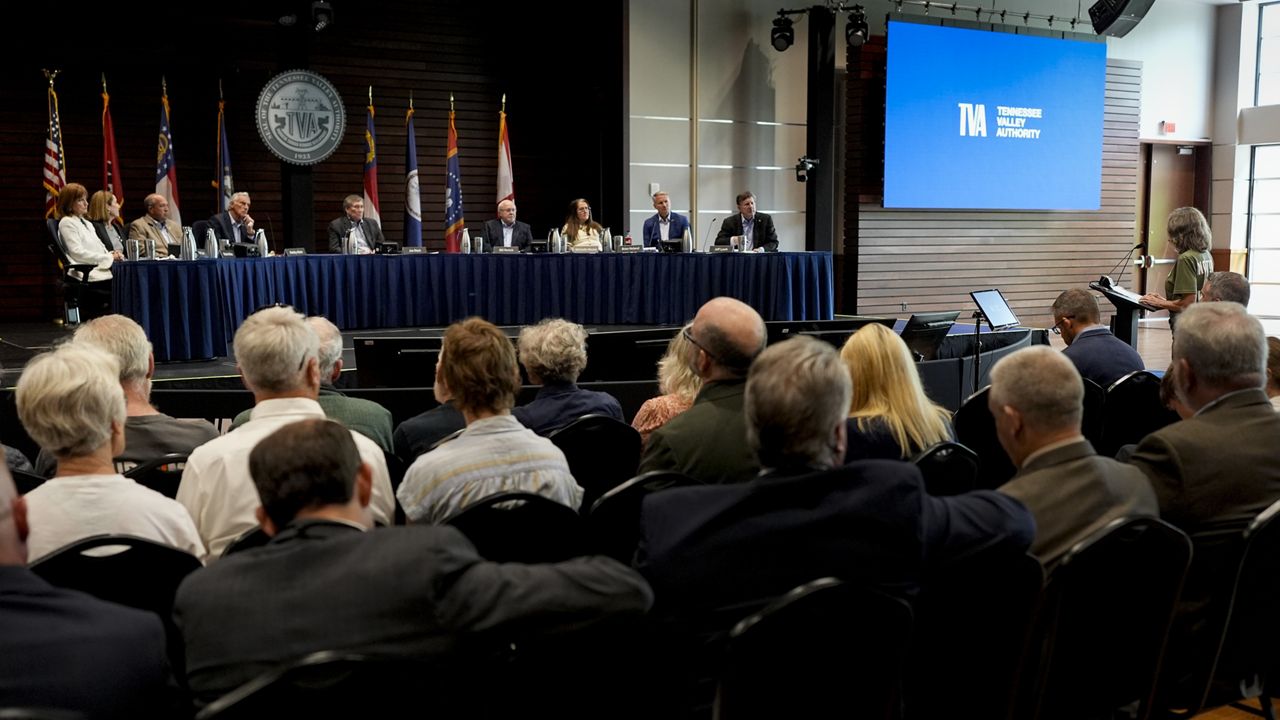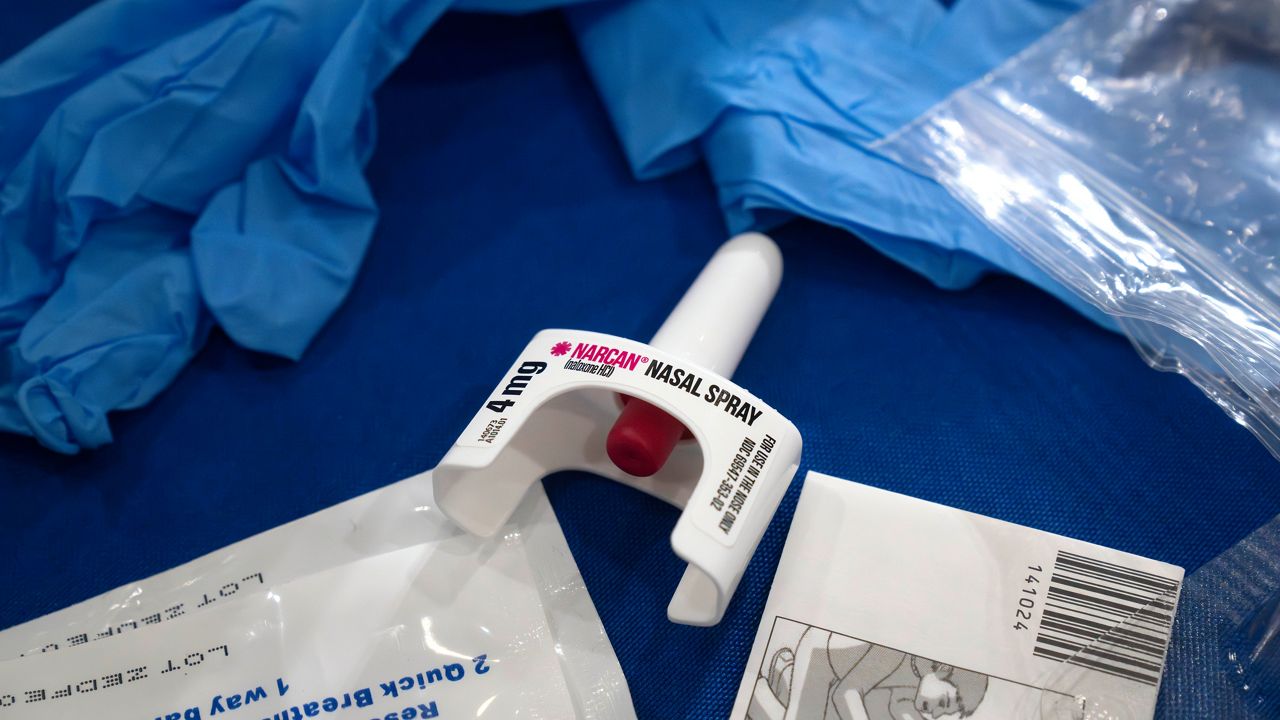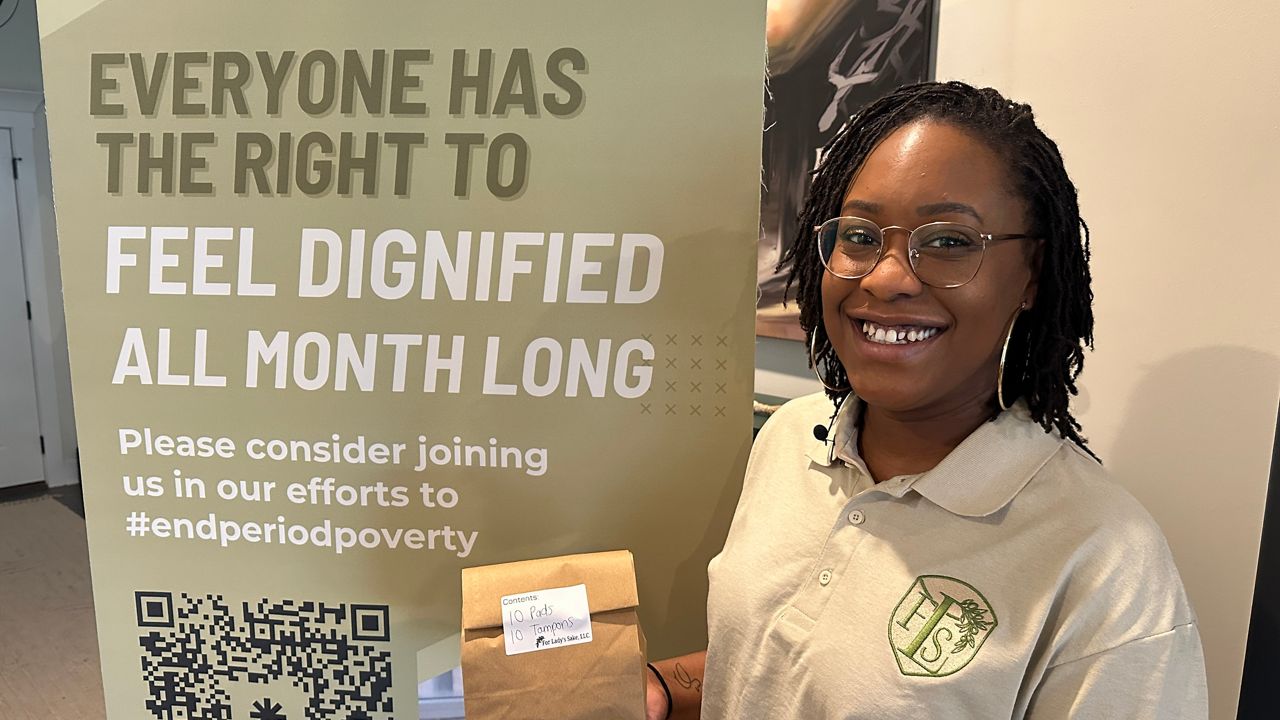LOUISVILLE, Ky. — The American Burn Association reports someone in the U.S. experiences a burn injury once every second.
The association recognizes this time as National Burn Awareness Week, dedicated to educating people on the importance of fire safety.
Every two months, Dwayne Denney lies patiently as a laser alters his skin.
Dwayne and his wife, Kristen, drive about 140 miles from Somerset, Kentucky, to UofL Health’s Burn Center for laser therapy treatment. The hour-long therapy helps manage scarring that can occur after a burn and helps wake up the cells to produce collagen, a protein that helps strengthen bones.
“What you’re hoping for is when it remodels the scar, it’s a flatter, more kind of compliant, softer scar,” said Jodi Wojcik of UofL Health's Burn Unit.
In November 2022, Denney and his wife were burning cardboard boxes in their backyard on a wet day, something he said he’s done many times before.
The fire wasn’t starting, so he added a small amount of gasoline.
“It was like a bomb went off in my face ... and for like a split second, I thought I was gone,” Dwayne said.
He suffered a 40% total body surface area burn, leading to a month-long hospital stay and continuing recovery. He’s in his sixth laser therapy session right now, which he said has helped increase his mobility.
Kristen would dress Dwayne’s wounds after he was released from the hospital, which would take around three hours a day. She said she learned from watching Dwayne’s nurses.
“It's definitely been a journey for both of us, seeing him go through the pain," Kristen said. "It's rough on the whole family."
Dwayne was an auto mechanic before his injury. He had worked with chemicals often and used caution, he said.
But since the incident, Kristen and Dwayne haven't been around fire.
They want others to know what can happen when using even a small amount of gasoline or other chemicals around flames.
“Just within an instant, just that much in a gas jug changed our whole life, our whole family’s life,” Dwayne said.
Dwayne's type of injury is common in the Burn Unit because the fumes around the liquid are flammable, according to UofL Health.
UofL Health medical professionals urge people to never use gasoline. Diesel or kerosene is a better alternative but could still be dangerous.










